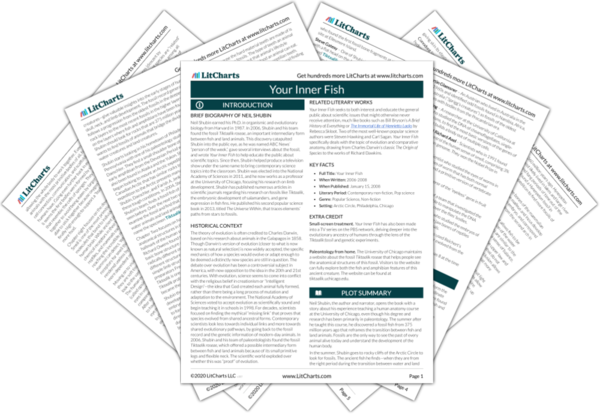Shubin’s comparison of bones to bridges helps create a visual for the strength and flexibility required by the human body due to human movement. Organisms like trees can be much stronger because they move much less. Frog skeletons, as Shubin brings up, are specialized for jumping, in that they are proportioned differently. This helps explain the concept of limb differentiation from Chapter 2, where all animals had the same blueprint for the limb bones but changed the size of each bone based on their particular body needs.
